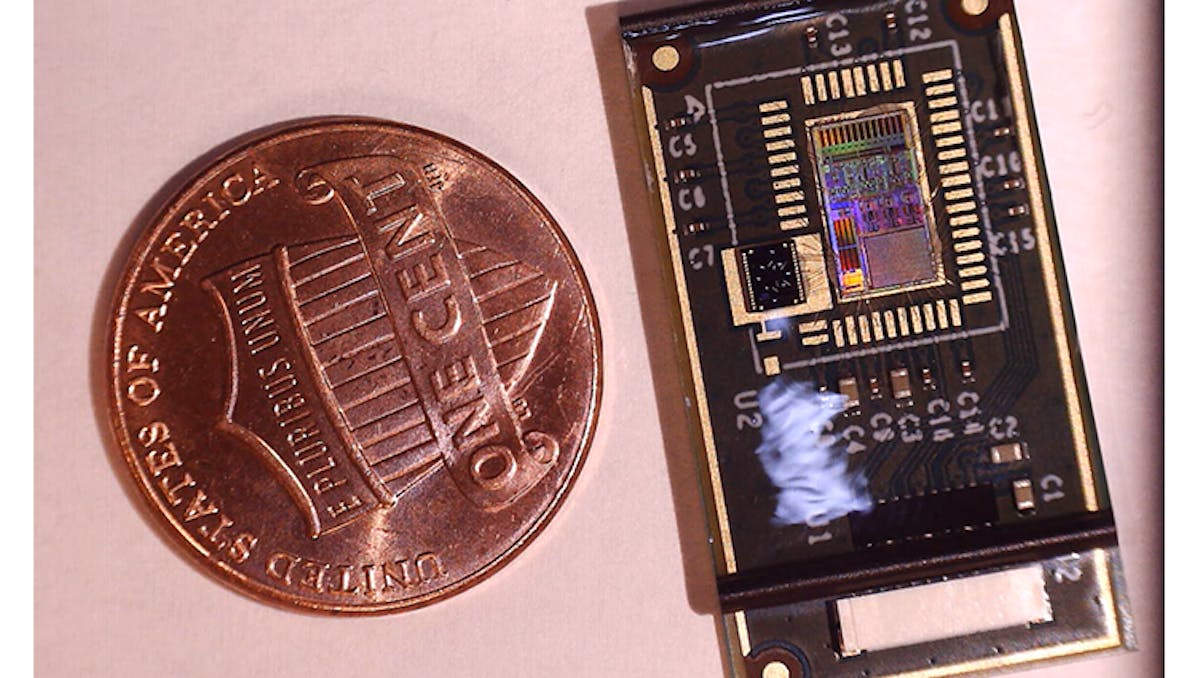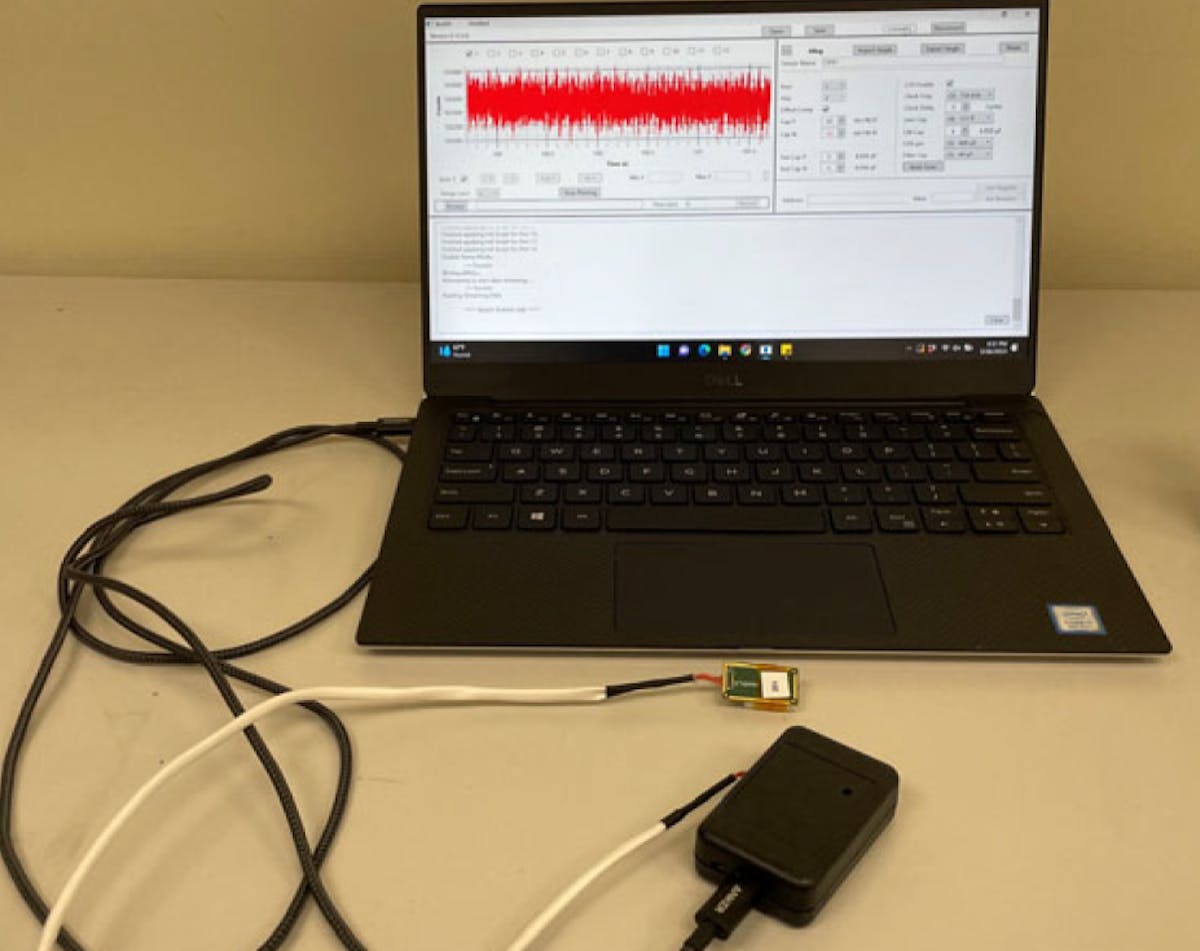Take a Deep Breath and Say AI
This wearable patch detects chronic respiratory disorders earlier than existing technologies, and may improve their treatment as well.

Hundreds of millions of people globally are affected by chronic respiratory disorders. These conditions, such as asthma and chronic obstructive pulmonary disease (COPD), often result in troubling symptoms like chest tightness and difficulty in breathing. In severe cases, respiratory conditions can even lead to death. COPD is projected to become the number one cause of deaths worldwide within the next ten years. These health conditions are not only significantly reducing the quality of life of those that suffer from them, but they are also straining an already overburdened healthcare system.
Action is urgently needed to address the burdens associated with chronic respiratory disorders. Early detection and regular monitoring of these diseases is an excellent way to improve patient outcomes and reduce the load on healthcare workers. Unfortunately this is easier said than done. Most examinations are still simple lung auscultation procedures, in which physicians listen to the lungs with a stethoscope while their patient breathes. This technique is highly subjective, and furthermore, it can only be done infrequently during clinical visits.

A device called a digital stethoscope has emerged that can overcome some of these issues. It records audio of an individual breathing, then analyzes it computationally to detect wheezes, crackles, and other abnormalities. But these devices are known to pick up ambient sounds in addition to the sound of breathing, which interferes with the instrument’s accuracy. A better option may be on the horizon, however, thanks to the work of a group led by researchers at the Georgia Institute of Technology.
The team has developed a noninvasive wearable patch that can monitor both lung sounds and respiratory rate. Rather than relying on sound recordings, which are subject to interference, the device measures vibrations and other movements of the chest. This data is then analyzed by a deep learning algorithm to detect a number of breathing anomalies. The insights gleaned from this data provide medical professionals with the information they need to diagnose chronic respiratory disorders early and assess the efficacy of ongoing treatment regimens.
The coin-sized wearable patch is designed to be worn on the chest. The only sensor in the tiny device is a highly sensitive MEMS accelerometer. A CMOS ASIC is also onboard to convert the MEMS capacitive output to a 24-bit digital signal. A strip of medical tape is used to attach the sensing board to the chest.
In order to interpret data produced by the patch, a 2D convolutional neural network was designed using TensorFlow. After being trained on about 1,300 labeled data points, the model was capable of classifying breathing abnormalities. Testing revealed that a classification accuracy rate of 95 percent had been achieved. It was also demonstrated that this new wearable device outperformed digital stethoscopes, which are currently the gold standard approach to breathing sound analysis.
At present, the patch is tethered to external equipment via cables. But looking ahead, the researchers are planning to develop a wireless version of the device. If they are successful, it could be used to remotely monitor patients as they go about their normal daily activities. That would go a long way toward the goal of detecting chronic respiratory disorders earlier and treating known cases more effectively.
R&D, creativity, and building the next big thing you never knew you wanted are my specialties.

